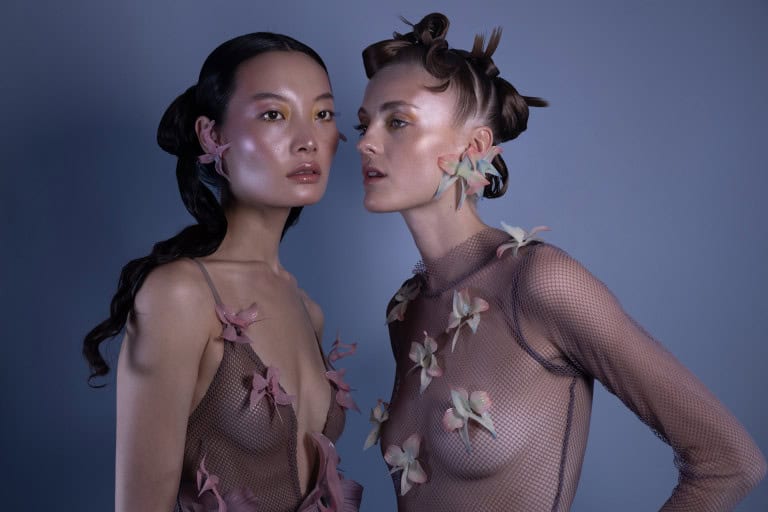
Photo London!
Fabulous Photo London has opened its doors at Somerset house. The maze like warren of endless exhibition spaces are full of inspirational works of contemporary photography complimented by its modern and historic ancestors. Contemporary artists are clearly inspired to pioneer new ways of intersecting photography with sculpture, installation, performance, the book and emerging technologies in the context of the past, present and future of photography.
This review is a truly international appraisal of the show which features the work of the British artist Cornelia Parker, the Japanese artists Daido Moriyama and Hiroshi Sugioto, the Canadian artist Edward Burtynsky, plus the Korean artist Soonchoel Byun, the German artist Vera Letter, and the American artists Adam Fuss and Bruce Guilden.
One of the many highlights of the show is a multimedia installation entitled ‘Unwavering vision #3: 5000 images of social and cultural change’ by the artists Alan Govenar, Jean-Michel Sanchez and Julien Roger. Alan Govenar took the time to demonstrate the individuality, responsiveness and uniqueness of the installation exploring 5000 images that encompass the history and diversity of the medium of photography, from its beginnings in the 1840’s to the present day. The world’s first photograph made in a camera was taken in 1826 by Joseph Nicéphore Niépce. The photograph was taken from the upstair’s windows of Niépce’s estate in the Burgundy region of France. John Michel and Julien created an earlier version of this multimedia installation utilizing the collection Musée Nicéphore Niepce. The daguerreotype was introduced in 1839. The earliest daguerreotype in Unwavering Vision #3 is 1849. The images in the collection illustrate ‘concerned photography’ as termed by Cornell Capa, the founder of the International Centre of Photography. Alan described how the intensity of human experience complimented the changing nature of the images, emphasising the rising importance of citizen journalism to the acquisition of images. A truly interdisciplinary installation that demonstrates the humanitarian impulse of international photographers to utilise pictures to educate and hopefully change the world. The screen allows the visitor to intuitively explore hundreds of photographs in the collection through a section of 32 different keywords linked to individual timelines.
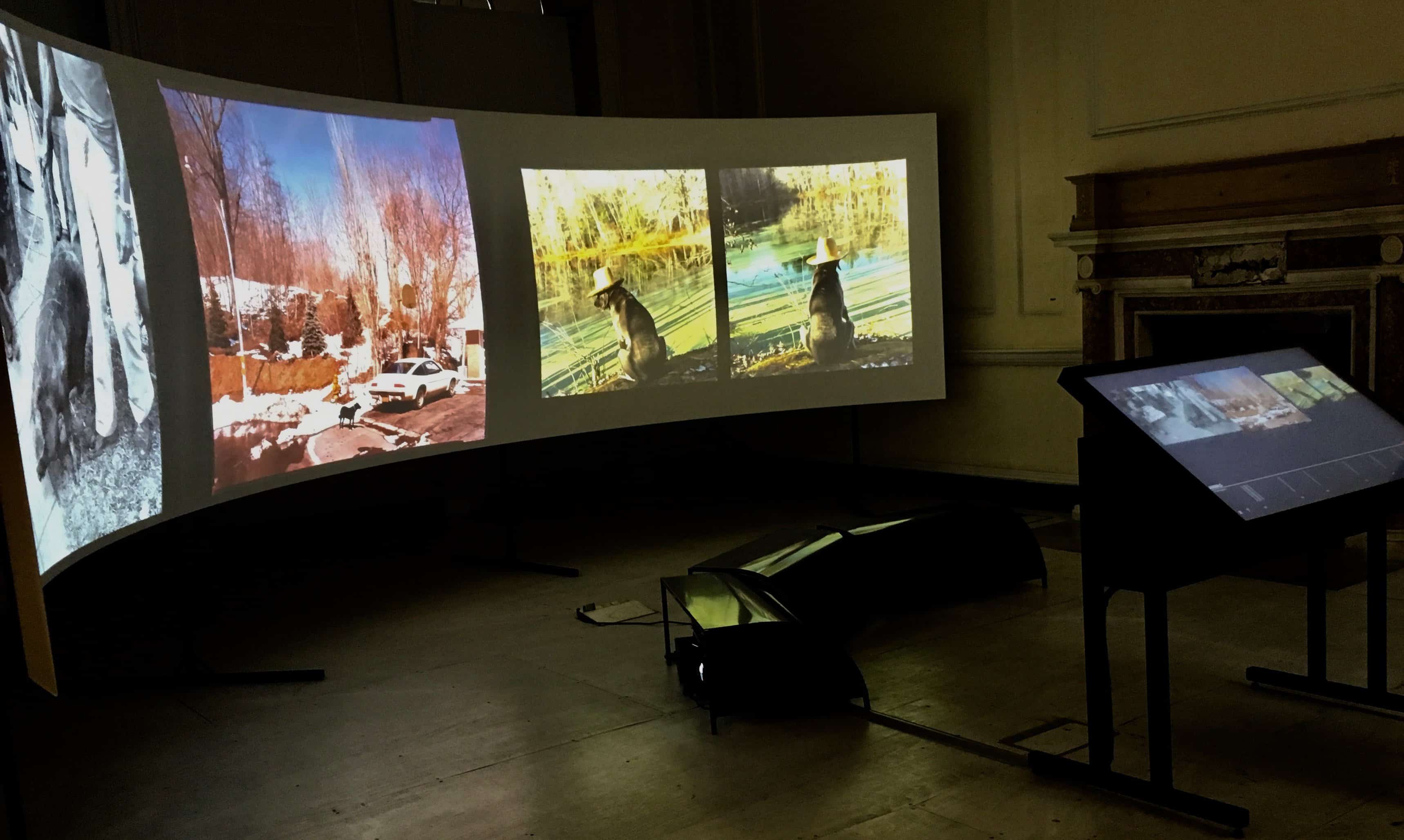
Edward Burtynsky is the fourth Master of Photography, and skilfully ties together innovation and experimentation to alter perception of the world. He pushes technology to the limits of the discilpline by lending iPads to visitors to facilitate a transition in photography from 2D into the realm of augmented reality. His work can be described as consisting of a sustained critique of humankind’s disastrous impact upon the planet, focusing on the sublime aesthetic qualities of industrialised landscapes and the unsettling reality of depleting resources of the planet. The work entitled ‘AR #1, Scrap Engine and Rims, Anbogbloshie Recycling Yards, Accra, Ghana 2017′ is the artists first exhibition of Augmented reality and invites visitors to explore automotive machine parts in a recycling yard in Accra, Ghana. Industrial waste is converted into virtual 3D art within the space, with each virtual sculpture created by compiling between 961 and 1678 photographs stacked together.

His most recent works concern the Anthropocene, denoting the current geological age viewed as the period during which human activity has been the dominant influence on climate and the environment. In his introductory presentation to launch the start of Photo London the artist equated the destructive nature of the human species to be ‘now having a similar effect to that of the asteroid that wiped out the dinosaurs’ . In parallel to the layer of dust left around the world in the geological strata as a marker of the incident 65 million years ago, a layer of pollution, plastic and radioactivity created by the human race can be detected throughout the globe. In a high resolution mural of a quarry in Carrara, Italy, the frontal perspective is comprised of 122 exposures assembled into a seamless image measuring 3 metres by 6 metres, and connects to the iPads to generate videos of the activity of the digger in the deconstruction of the rock face.

An excellently curated and researched exhibition by Hans P. Kraus Jr. entitled ‘Sun pictures then and now: Talbot and his legacy today’ presents the pioneering work of the British inventor William Henry Fox Talbot (1800-1877) alongside the work of contemporary artists inspired by the influence and inspiration of the inventor. Talbot is described as a polymath of extraordinary vision who invented photography on paper, and who’s process revolutionised the visual world by changing culture, science and art in ways unseen since the advent of printing 500 years earlier. His photographs are regarded as a touchstone for artists, and despite the digital revolution it is presented that contemporary artists are reconsidering his imagery more than ever and are inspired to experiment with physical processes of creating an image.
Cornelia Parker has nine polymer photogravure etchings of a series entitled ‘Fox Talbot’s articles of glass’ dated 2017. They were made using the last eight surviving pieces of glassware he captures in his famous photograph entitled ‘Articles of glass’. By combining two of Fox Talbot’s techniques, photogenic drawings and photogravure, she has created a new hybrid form of print by exposing the actual glass objects onto photogravure plates using UV light.

A unique gelatine silver print by Vera Lutter measures 139 x 266 cm and is entitled ‘Cold spring’ and dated 17th February 2014. It was created by creating a large camera obscura in a cabin in a cold, snowy forest and exposing the paper to a 7-9 hour exposure time overnight.


Adam Fuss has a photogravure entitled ‘First dress’ from the series ‘My Ghost’ dated 2003: ‘I was consciously trying to make photographs I hadn’t seen before. I’d probably seen billions of photographs and they were all produced by the same mechanism… Photograms let you see what has never been in a camera. Life itself is the image’. It is placed alongside a salt print from a calotype negative dated 1843-44 by Talbot entitled ‘The photographer’s daughter, Ela Theresa Talbot.’

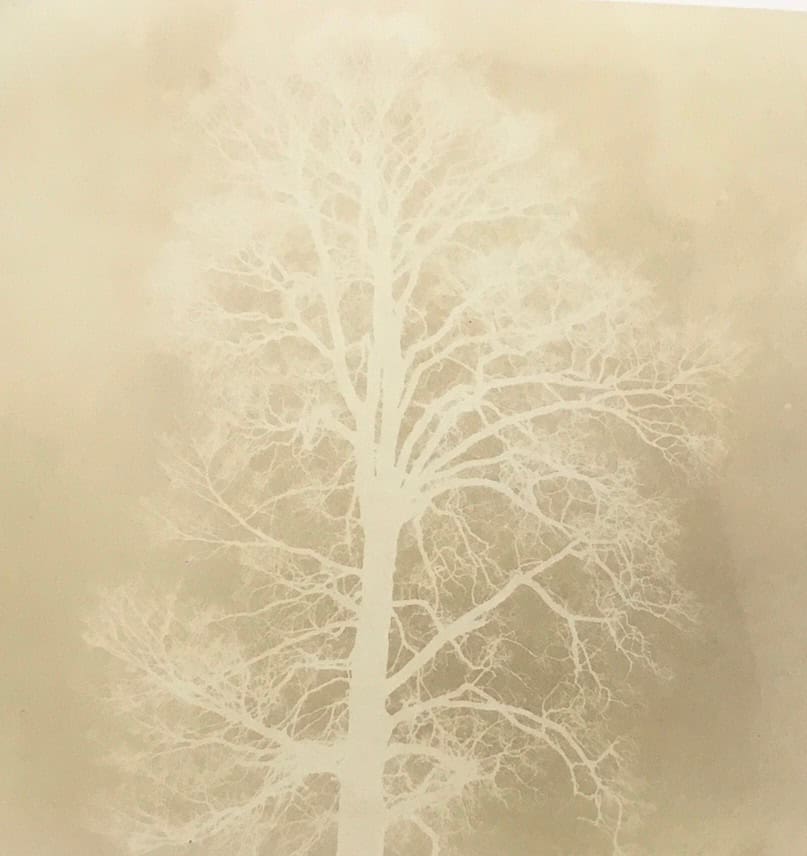
A calotype negative, dated the 13th of February 1843, entitled ‘Elm tree in winter, in the grounds of Lacock Abbey’ by Talbot, is exhibited alongside incredible gelatine silver prints by Hiroshi Sugimoto measuring 182.2. x 154.4cm, entitled ‘Talbotized 013’ in homage to the great master. In the latter half of the 1830s, at the same time that Talbot was creating the negative-positive photographic process, he also conducted electrical discharge experiments with Michael Faraday using a ‘discharge wand’ made of brass and glass.

The wand has been preserved and is in the Talbot Archive at the Bodleian Library. Sugimoto borrowed the wand to continue the experiments of Talbot in his darkroom to capture light from discharging electricity directly on film. The artist described: ‘I am truly honoured to be able to conduct this experiment using equipment actually utilised by Talbot himself. I can feel my body being filled by the vigorous spirit form roughly 180 years ago, at the dawning of a new era of photography and science.’
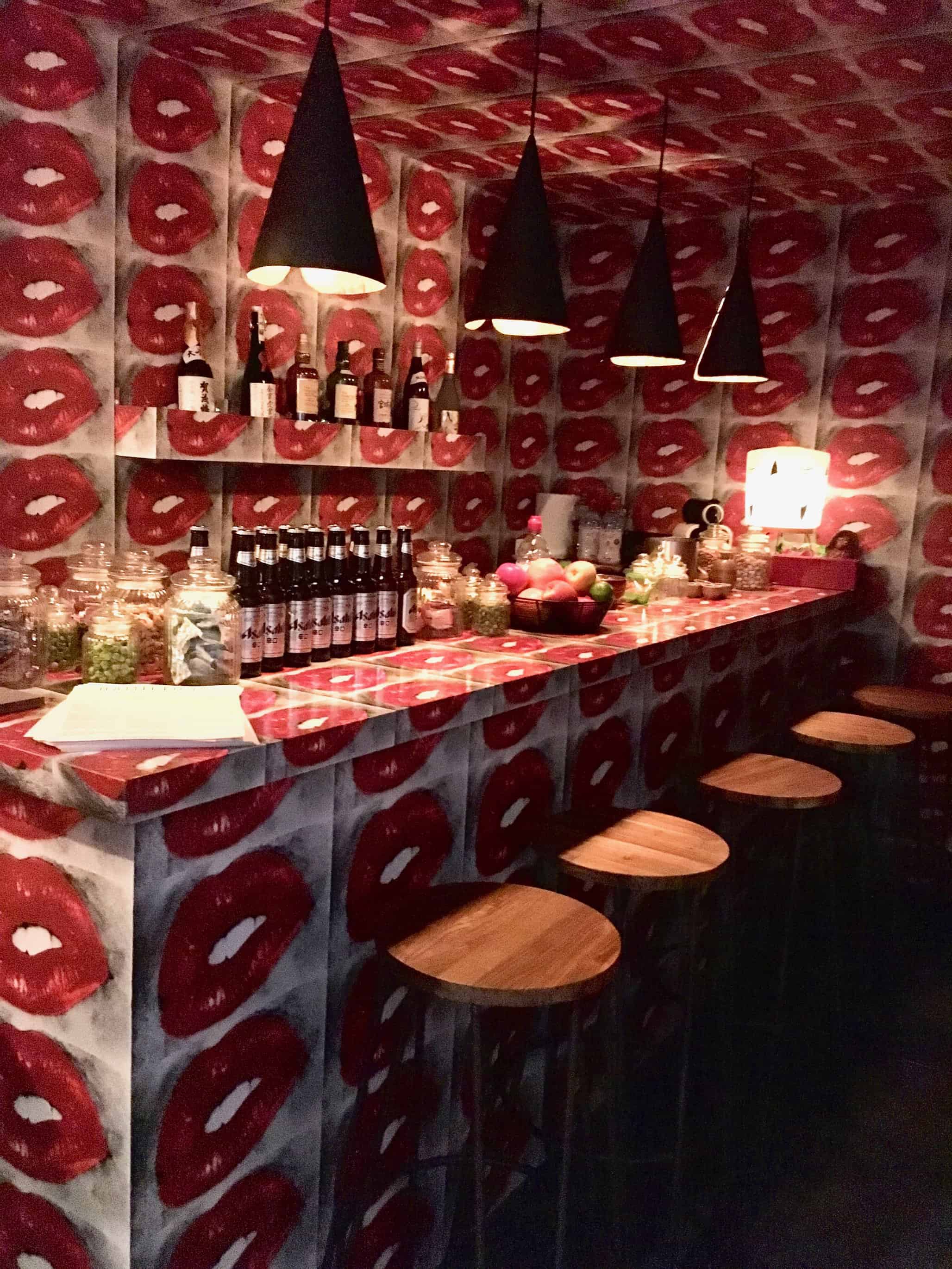
Hamiltons presents a ‘Lip Bar’ installation by Daido Moriyama, which replicates Bar Kuro, a small bar located in Shinjuku, Tokyo. Visitors are seduced by the evocative smell of incense and snacks. The artist is said to be attracted to what he describes as ‘dim light in a shadowy environment’, which he has accurately replicated in an intimate space. With a price tag of £60,000 for the installation, excluding construction costs, the installation is looking to find a new home….

Included an exhibition of contemporary Japanese and Korean photography aptly called ‘Exit from paradise’, the divide between North and South Korea is the subject of the project by the artist Soonchoel Byun, entitled ‘The Last Wish’. By using ‘3D Age Conversion Technology’ to help him to imagine a re-unified family to try to heal the rift caused when his father was the only one to escape South Korea during the Korean War.
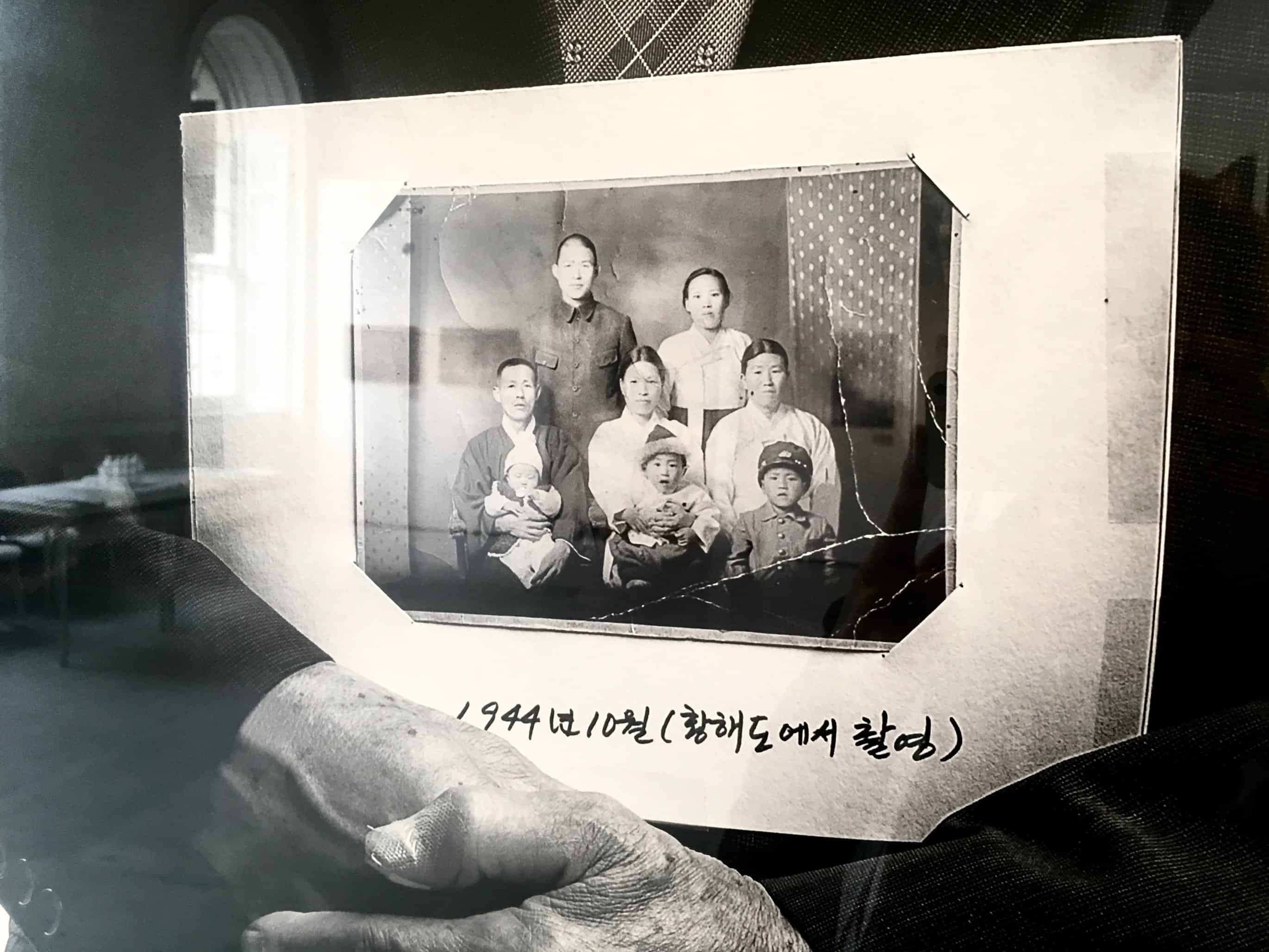
A sculptural work entitled ‘Mask” consists of a concave oval form with a sculpted city by the artist Es Devlin, with a video projection of hands peeling, excavating and creating with artist materials. The work is described as considering the range of scales of time and space that we simultaneously perceive and choose to remain blind of as we calibrate our position within the period of the Anthropocene. With the hands being six times larger than life, the city is viewed from above as being remove and symbolising un-remembered generations of hands. It is envisaged as the expression of the responsibility of the artist to acknowledge how the environmental impact of each thing we touch now precludes us from touching anything in the same way again.

I strongly recommend a close up look at the work of Bruce Guilden, who is presented in the Leica Collectors Lounge.

The collection of portraits entitled ‘Farm Boys & Farm Girls USA’ depicts people selling livestock at state fairs, characters that were described by the photographer to transform him out of his comfort zone and into a fascinating and unfamiliar world. He described how the adolescents seem more mature than their years and explains it to be the result of them growing up close with farm animals, preparing them to life and death on a daily basis, that infuses them with an acceptance of their own mortality.
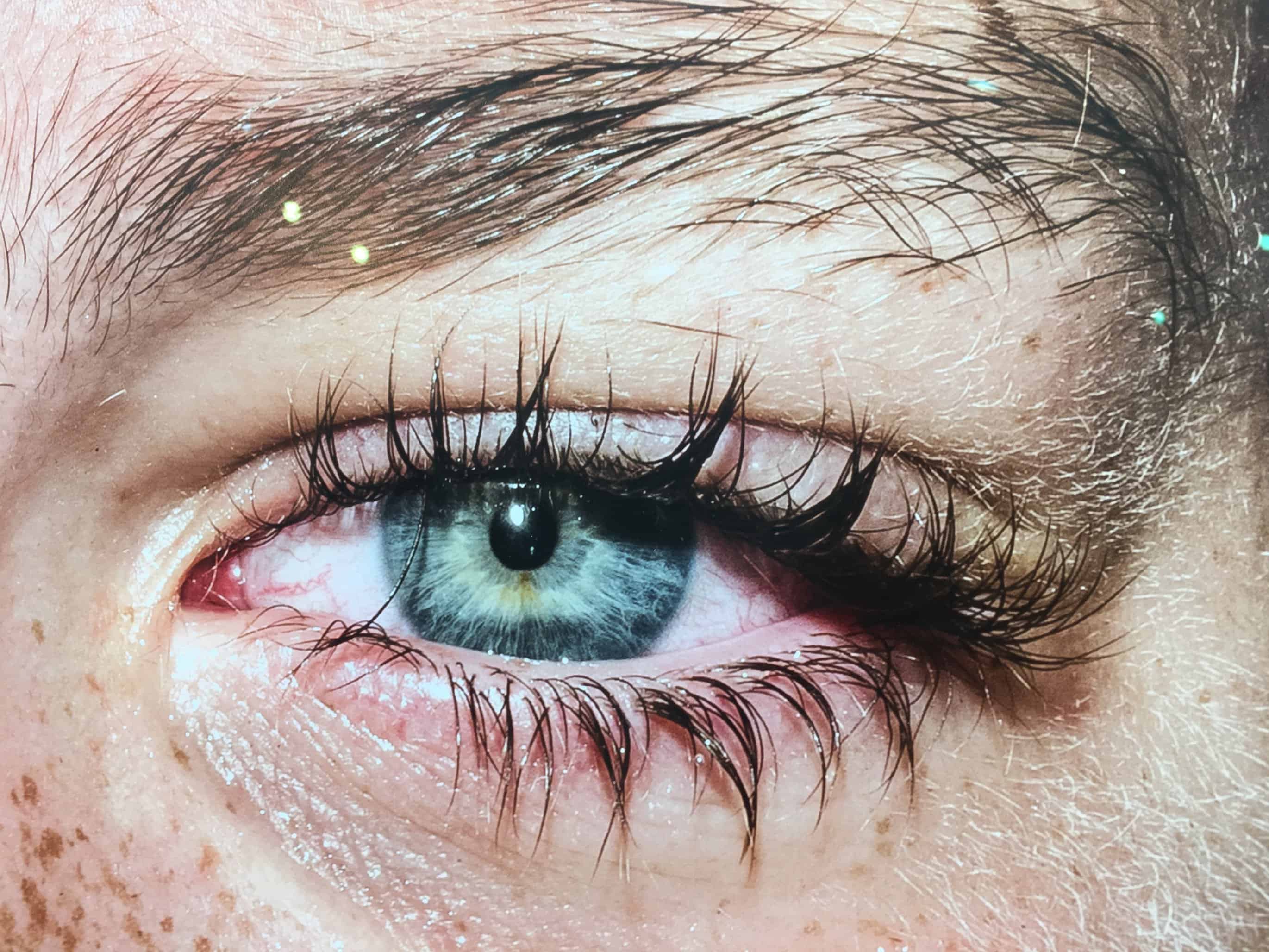
Fox Talbot was a scientist, member of parliament, landowner etc who experimented with photography, and inspired the creation of photography as a profession. Post-digital photography in contrast is clearly presented throughout Photo London as a process of inspiration to artists, and there is a detectable drift from a creator who identified as a photographer to an artist inspired to use photography as part of a multimedia process. The boundaries of photography are shown to have expanded to explore the realms of sculpture, video, augmented reality, installation, from the historical origins of photography itself into the future, beyond its limits in the realms of science, world political issues and into the geological impact of humans on the planet.
Photo London 2018
17-20th May 2018
Somerset House
Strand
WC2R 1LA
www.photolondon.org
Share this post
Natasha Hall is an internationally recognized British artist with a doctorate in Contemporary Landscape Painting. She has university qualifications in the arts and the sciences who specializes in interdisciplinary collaborations with scientists, artists and the wider community to realize her projects. Through constantly exploring the limits between the arts and the sciences, from documenting the reality of being a patient, the layering of landscape and the interaction of climate change with historical accounts…she has exhibited, organised conferences and continues to be represented by the Es Baluard Museum of Contemporary Art, the Gabriel Vanrell Art Gallery in Palma de Mallorca, and is delighted to be the European Arts Editor for IRK Magazine.
Read Next



